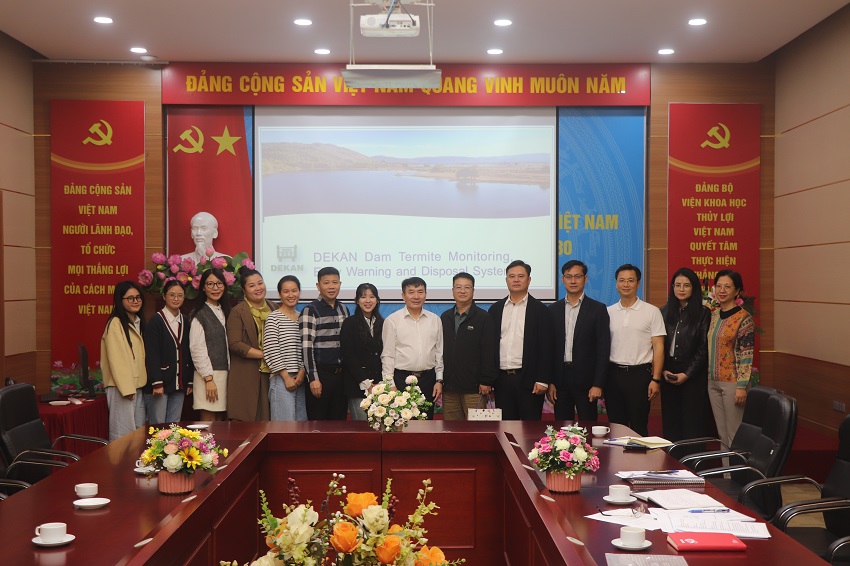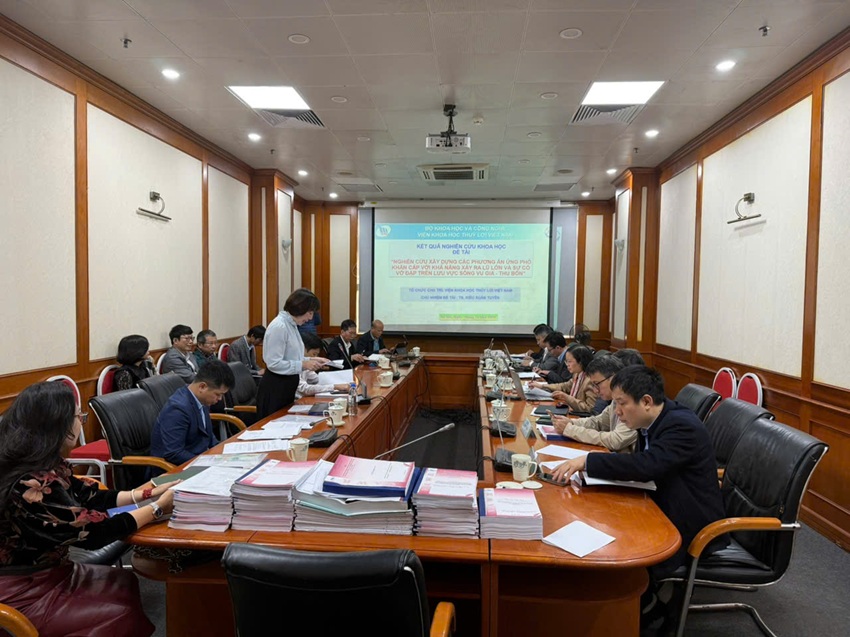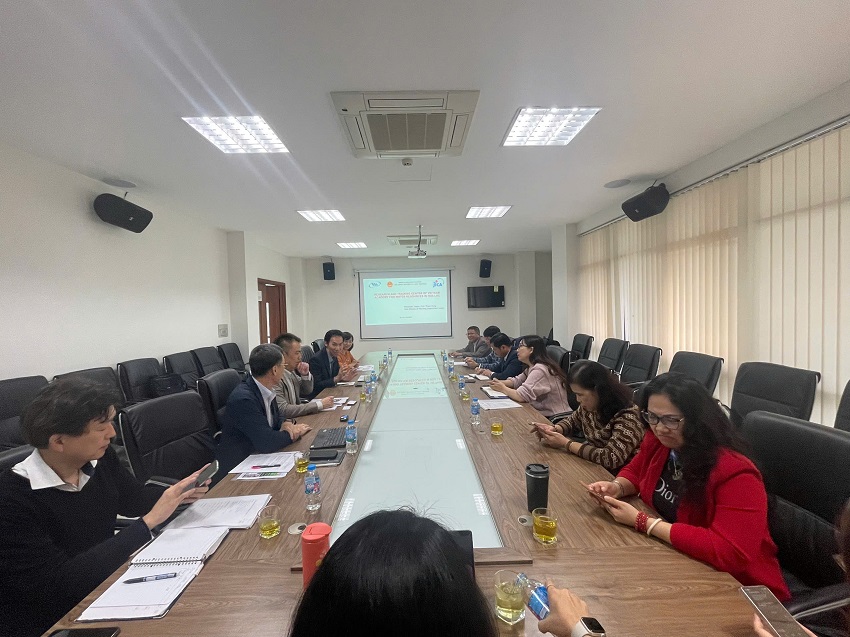Integration of a numerical model in curvilinear coordinates with sand mining component for bottom morphology simulation
16/05/2024Abstract
Numerical models for calculating bottom morphology are increasingly popular because of their long-term forecasting capabilities as well as their ability to identify causes. However, the simulation of bottom morphology, in addition to natural factors, is also governed by economic activities, especially sand mining. In this paper, we propose the development of the numerical model in curvilinear coordinates combined with a sand mining component that simulates the bottom morphology of the Tien river segment in the Mekong Delta as a study area. The modeling theory relies on the Reynolds equation system, which is combined with the suspended sediment transport equation in a two-dimensional curvilinear coordinate system. The process of averaging is performed over the depth. The suspended sediment transport equation incorporates a source function that describes the upward or downward movement of particles. In the model for bottom morphology, a component for sand mining is included, which accounts for the rate at which sand is extracted from the riverbed. This component is integrated into the equation governing the continuity of the bed load. The findings demonstrate that the numerical model effectively captures the changes in the river's bottom morphology resulting from sand mining. Specifically, when the sand mining component is employed, the model accurately represents the actual development of the bottom morphology in river segments where sand mining occurs. Furthermore, the downstream bed alterations are significantly influenced by sand mining activities. By incorporating the sand mining component into the model, it becomes a valuable tool for simulating the bottom morphology in river segments subjected to sand mining, thus aiding in sand mining planning and the management of disaster risks associated with bank erosion.
1. Introduction
2. Materials and methods
2.1. Study area
2.2. Materials
2.3. Numerical Model
2.4. Setup Model
2.5. Evaluation criteria
2.6. Scenarios
3. Results
3.1. Calibration and verification
3.2. Bottom evolution in the period 1999 to 2001 (S1)
3.3. Bottom evolution in 2002 (S2a and S2b)
4. Conclusions
References
——————————————————————————————————————
► See detail: Integration of a numerical model in curvilinear coordinates with sand mining component for bottom morphology simulation
T Kim1, 2, N D Q Huy3, N V Phuoc4, N K Phung1, and N T Bay5, 6*
1Faculty of Marine Resource Management, Ho Chi Minh City University of Natural Resources and Environment, Vietnam, 236B Le Van Sy Street, Ward 1, Tan Binh District, Ho Chi Minh City, Vietnam
2Institute for Environment and Resources, Vietnam National University Ho Chi Minh City, Vietnam, Linh Trung Ward, Thu Duc District, Ho Chi Minh City, Vietnam
3Institute of Coastal and Offshore Engineering, Vietnam, 658 Vo Van Kiet, Ward 1, District 5, Ho Chi Minh City, Vietnam
4Ho Chi Minh City Union of Science and Technology Associations, 224 Dien Bien Phu, Ward 7, District 3, Ho Chi Minh City Vietnam
5Department of Fluid Mechanics, Ho Chi Minh City University of Technology, Vietnam, 268 Ly Thuong Kiet Street, Ward 14, District 10, Ho Chi Minh City,
Vietnam
6Vietnam National University Ho Chi Minh City, Vietnam, Linh Trung Ward, Thu Duc District, Ho Chi Minh City, Vietnam
*Corresponding author: ntbay@hcmut.edu.vn
IOP Conf. Series: Earth and Environmental Science 1226 (2023) 012025
Ý kiến góp ý:









